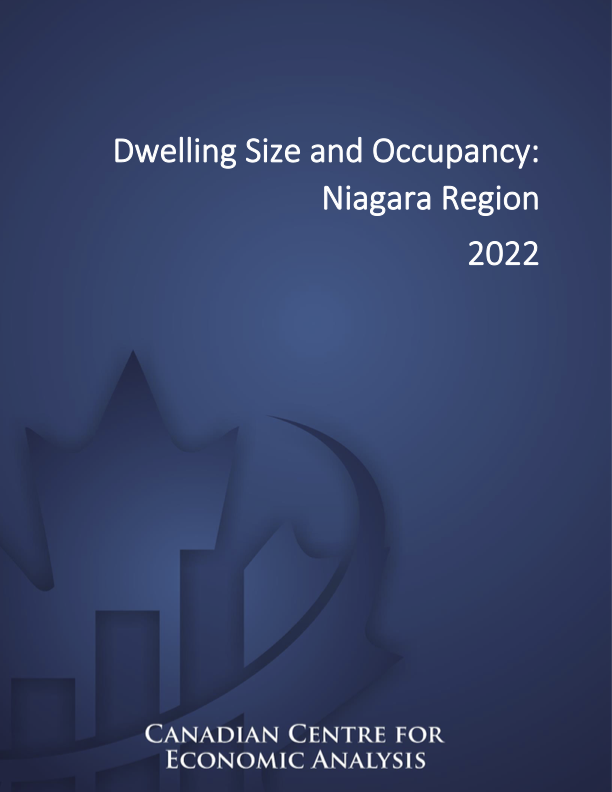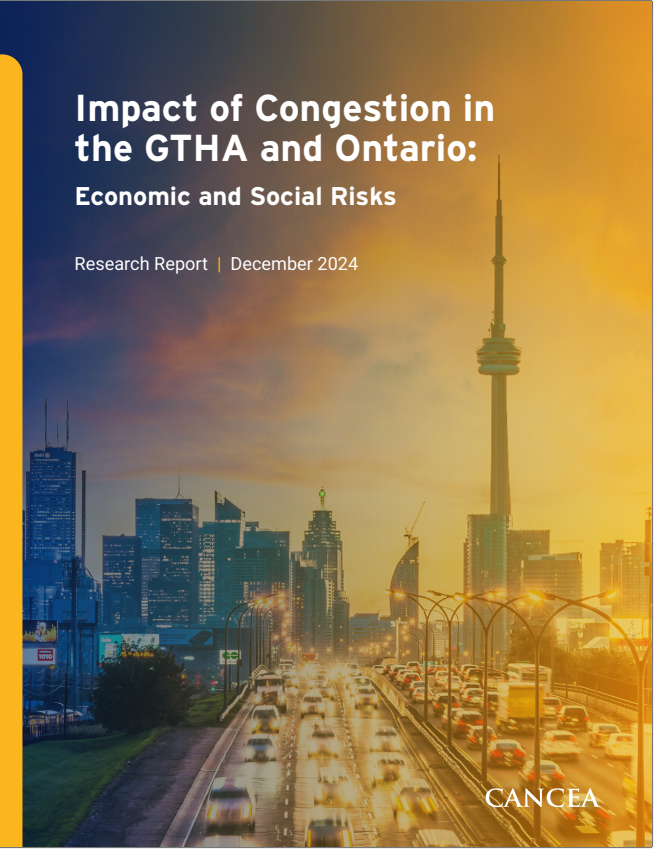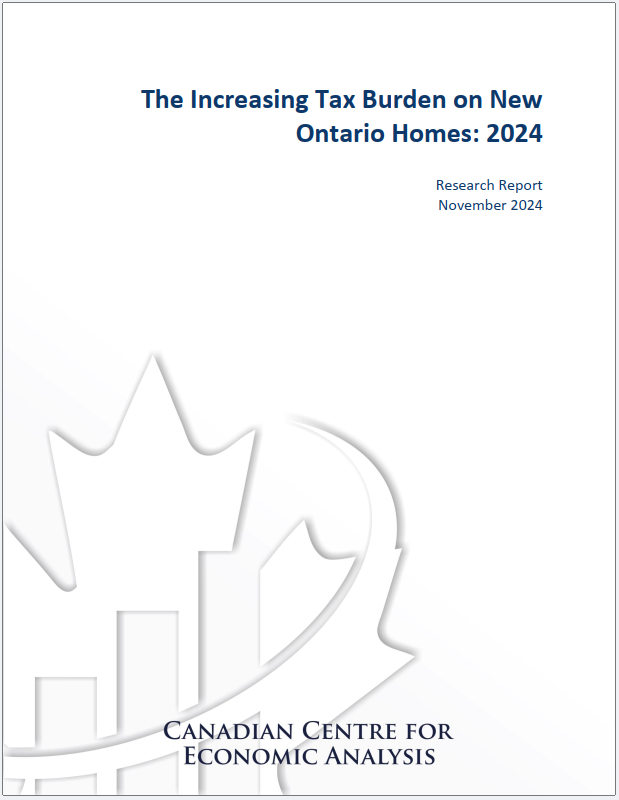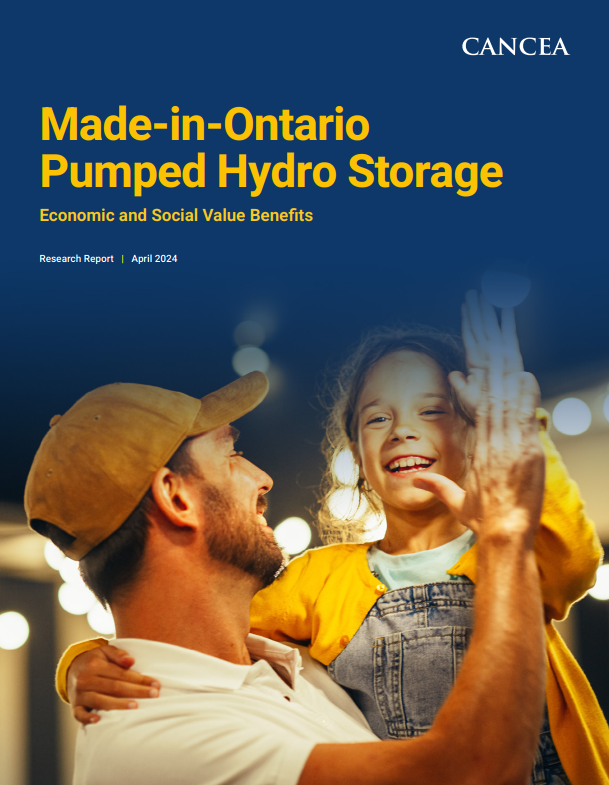In this executive summary, the Canadian Centre for Economic Analysis (CANCEA) explores the correlation between the size of dwellings and the number of people living in them in the Niagara Region. The objective is to understand if there is a stable relationship between dwelling size and servicing requirements.
Key findings reveal that recent dwellings in Niagara have been growing in size, particularly in singles and semi-detached homes, while the average number of people living in them has not seen significant changes. However, there is no stable correlation between dwelling size and the number of people over time. Larger dwelling sizes do not necessarily lead to more occupants.
The analysis further demonstrates that factors such as fewer children per family, more retirees (empty nesters), and preferences for larger dwellings frustrate any consistent correlation between size and occupancy.
CANCEA’s Analytics Platform combines various data sources, including Statistics Canada, Census, CMHC, and municipal datasets, to provide a detailed view of households in Canada. The platform allows for forward modeling until 2051 based on growth targets and development plans for the Niagara Region.
The results highlight the importance of considering the wide range of dwelling sizes and occupancy levels rather than relying solely on averages, which can sometimes be misleading. Overall, the study provides valuable insights into the dynamics of dwelling sizes and occupancy in the Niagara Region.











